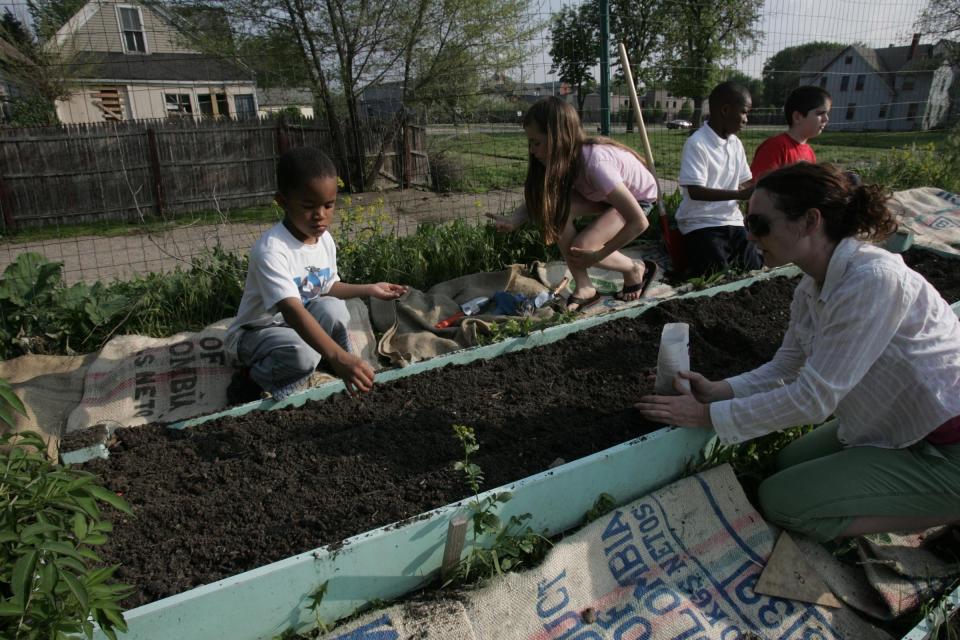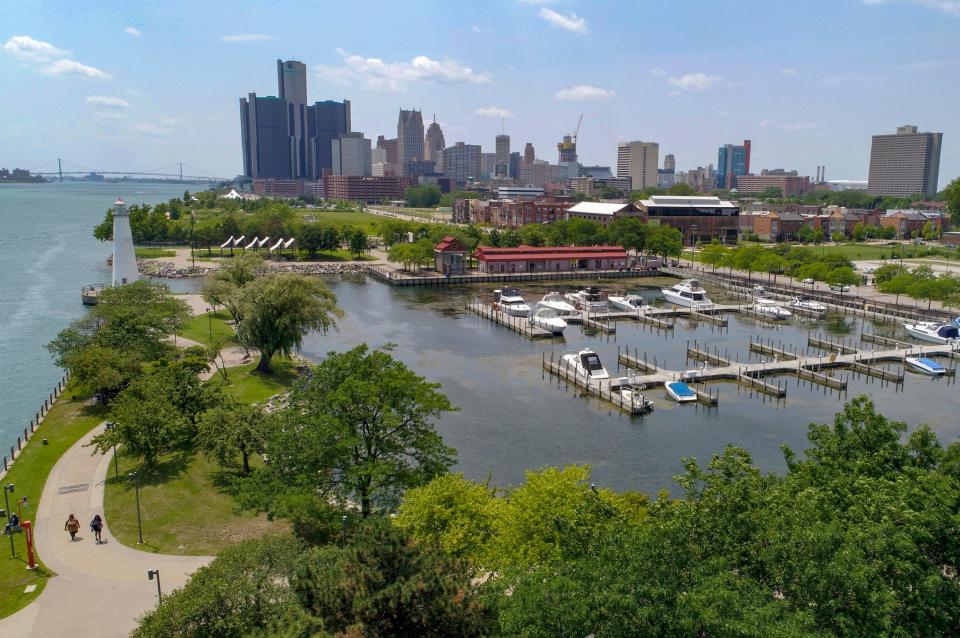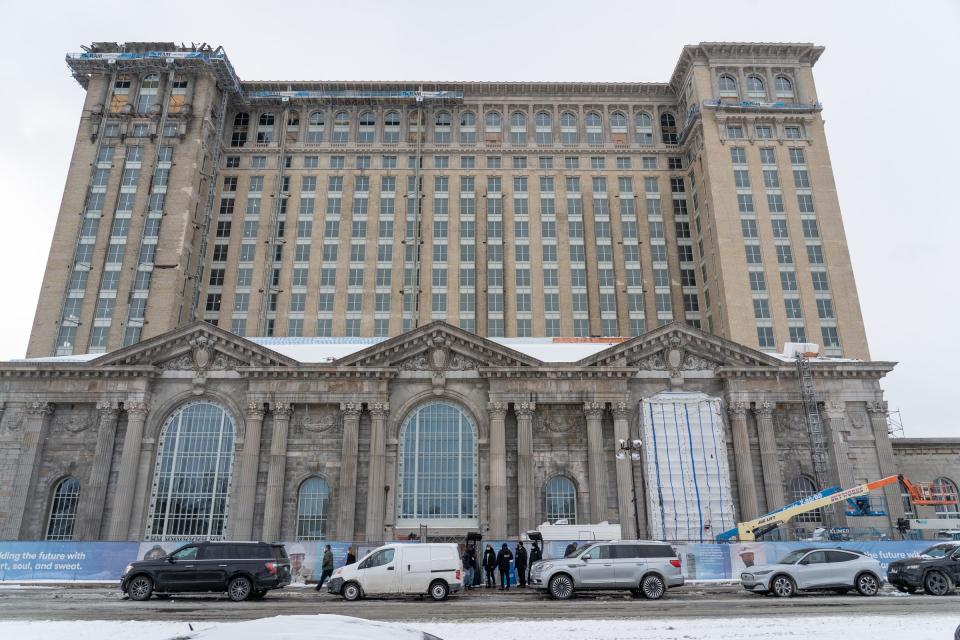Opinion: Detroit has changed. It's not because of the bankruptcy.
To mark the 10-year anniversary of Detroit's historic July 18, 2013 municipal bankruptcy filing, the Free Press is examining what has changed, what hasn't, and why. Find more coverage at freep.com.
As Detroit this month marks the 10th anniversary of the city’s municipal bankruptcy filing, I recall President John F. Kennedy’s remark that victory has a thousand fathers, but defeat is an orphan.

Without question, Detroit’s 2013-14 spin through bankruptcy helped city hall right itself, wiping out billions in unmanageable debt. But the parentage of Detroit’s recovery is a complex story, and no one should see bankruptcy as the only reason behind Detroit’s resurgence.
Multiple other trends and events were in place well before the city filed for bankruptcy. Taken together, these many threads contributed to a widely recognized, and even remarkable, urban turnaround.
Detroit’s story shows that fiscal health at City Hall is necessary but insufficient for a successful city. Government, nonprofits, businesses and citizens all need to pull on their oars for a city to work.
What were these other efforts? For starters, there was the popularity of urban farming in the early 2000s, as hundreds of vacant lots in the city were reclaimed as community gardens or playscapes. As a writer for the Free Press covering the city for 32 years (and as a Detroit resident for 24), I saw this repurposing of vacant and abandoned urban land as the first thing that gave Detroit a flavor of reinvention. Foreign visitors who used to come and ask to see the “ruins” now wanted to see the new life growing from our soil, from Earthworks Farm on the east side to D-Town Farm on the west side and the Hantz Woodlands tree-planting project to the numerous community garden plots.

Then, too, also beginning in the early 2000s, the beleaguered City of Detroit began to spin off a lot of its failed operations into a series of public authorities, conservancies, and nonprofit corporations. These new management models allowed many of Detroit’s greatest attractions to reinvent themselves.
The wonderful RiverWalk was built not by the city’s understaffed and underfunded Parks & Recreation Department but by the new nonprofit Detroit Riverfront Conservancy, formed in 2003. The run-down Eastern Market blossomed into one of America’s best urban markets once spun off into the nonprofit Eastern Market Corporation in 2006.
And more: Cobo Center, now Huntington Place, was once so badly managed by the city that the annual auto show threatened to decamp to Chicago. It entered the control of a regional authority in 2009, and once outside of city management embarked on a nearly $300 million expansion, totally reviving the convention center.
There were plenty more of these municipal spinoffs, as the city in its distressed pre-bankruptcy years reached for innovative new ways to deliver municipal services. It wasn’t easy, but it worked.
In this effort, philanthropic foundations played a huge role bankrolling many of the moves. The Community Foundation for Southeast Michigan, Kresge Foundation, the Kellogg, Erb, Skillman, Ford Foundation, and others pumped hundreds of millions of dollars into almost every aspect of the city’s resurgence, including the Grand Bargain itself during the bankruptcy case.
It is unimaginable that Detroit would be enjoying its current reputation as a comeback city without these philanthropic dollars. To cite just a recent example: The ambitious, 22-acre west riverfront park now under construction came about not with city money but because the Ralph C. Wilson Jr. Foundation donated $50 million to create it. Yes, some worry that this “outside” money raises a question of accountability when the normal democratic processes are bypassed, but there’s no question Detroit’s comeback has been buoyed by philanthropy.

And don’t forget the role of the nonprofit neighborhood groups known as community development organizations. The best known may be Midtown Detroit Inc. under its long-time leader Sue Mosey, but there are dozens of others. These nonprofits leveraged all manner of support to provide human services, urban planning and more improvements in neighborhoods across the city.
Then, too, the city’s robust ecosystem for entrepreneurs – an ecosystem that now includes venture capital funds, pitch competitions, training programs at TechTown and elsewhere – this network for startups didn’t even exist in 2000. Today it flourishes. City Hall under Mayor Mike Duggan helped with its Motor City Match program, but so did numerous other efforts outside city government.
And of course the billions in investments by Dan Gilbert and his partners, as well as projects headed by Ford at the old Michigan Central Complex and Stellantis at its east side auto plant, represent just some of the ways the once-barren Detroit investment landscape is now open for business. Remember, it wasn’t so long ago that sites like Michigan Central stood as intractable symbols of abandonment and failure rather than renewal and hope.

Yes, the city’s bankruptcy straightened out the city’s books, and no doubt sent a signal that a city long given up for dead was getting serious about righting itself. A municipal government once viewed as a roadblock to recovery became a partner.
But the bankruptcy case alone isn’t the reason this month’s anniversary is something to celebrate rather than rue. Detroit’s recovery — incomplete, yes, but real and underway — happened because so many people worked across so many fields of effort for so many years.
The recovery has been a mosaic, not a silver bullet.
John Gallagher wrote about Detroit’s recovery efforts from 1987 through 2019 for the Free Press. He is the author of several books including “Reimagining Detroit: Opportunities for Redefining an American City.” He is a 2017 inductee into the Michigan Journalism Hall of Fame.
This article originally appeared on Detroit Free Press: Opinion: Detroit has changed since 2013 bankruptcy filing

